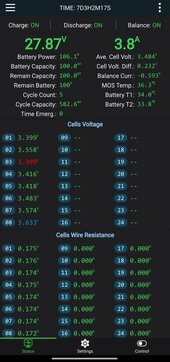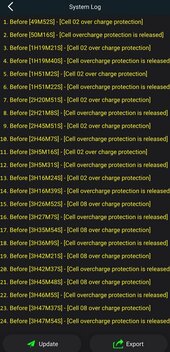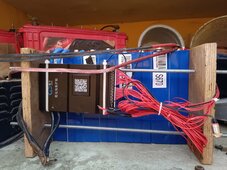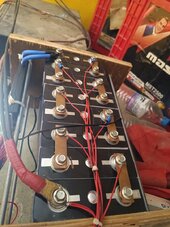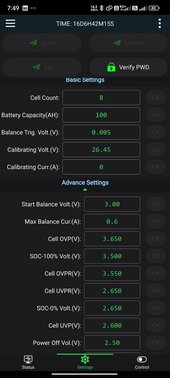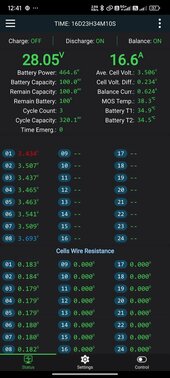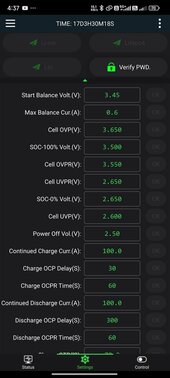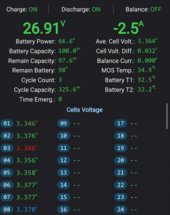karthik_bkv
New Member
Hello All,
When charging the 8s 100Ah lithium-ion battery with a JK BMS with an active balancer, it's noticed that the cell voltage difference is too high, leading to 2-3 cells being overcharged and triggering a cut-off in the BMS. Is this expected behavior, and are there any solutions to fix it?
I'm completely new to Lithium ion, used lead acid in the past
Attached the cell voltage difference as a reference
When charging the 8s 100Ah lithium-ion battery with a JK BMS with an active balancer, it's noticed that the cell voltage difference is too high, leading to 2-3 cells being overcharged and triggering a cut-off in the BMS. Is this expected behavior, and are there any solutions to fix it?
I'm completely new to Lithium ion, used lead acid in the past
Attached the cell voltage difference as a reference
Attachments
Last edited:



